 Water Hygiene For Landlords Are Your Legionella Controls Up To L8 Acop Standards
Water Hygiene For Landlords Are Your Legionella Controls Up To L8 Acop Standards
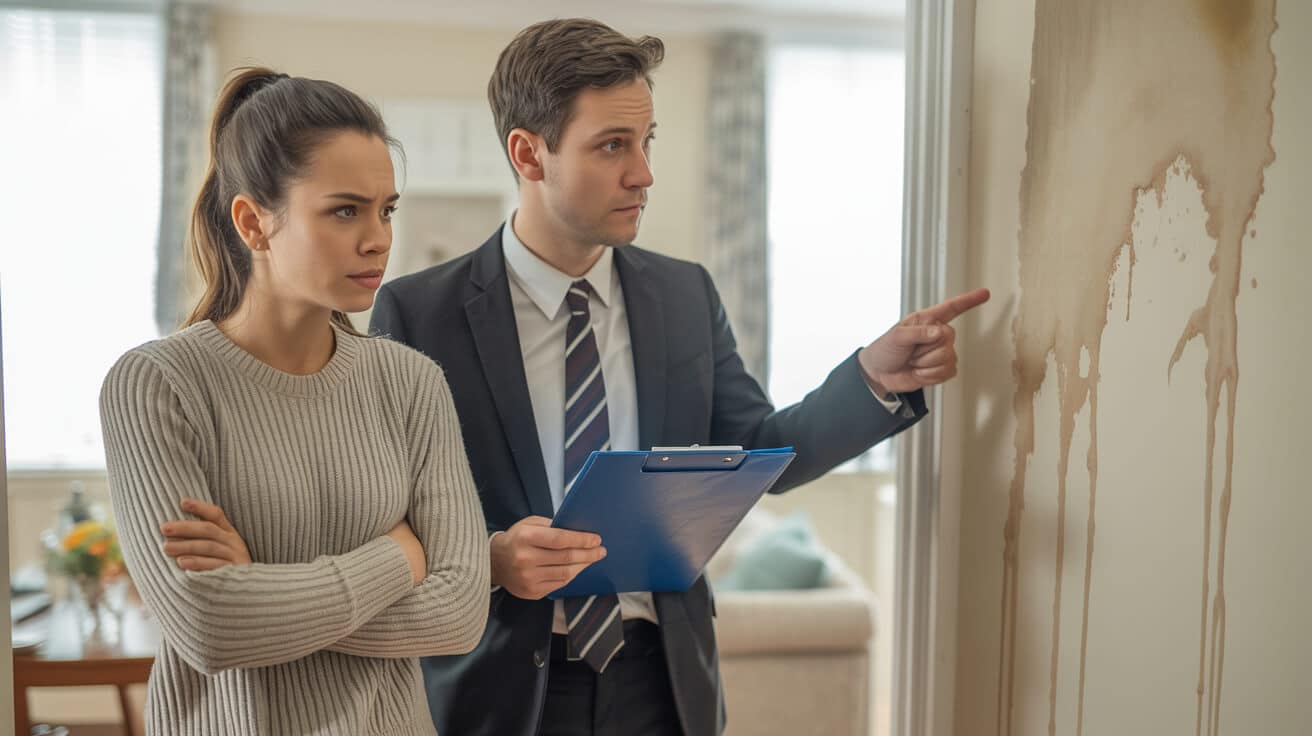
Why “Having a Certificate” Leaves Most Landlords Exposed: The Real Standard of L8 Legionella Compliance
Here’s what most UK landlords get wrong about Legionella risk: assuming that keeping a single, generic “certificate” on file checks the legal box. It doesn’t. Under L8 ACOP, your compliance, your reputation, and quite possibly your insurance all depend on your system of control—not one-off paperwork. Regulators, tenants, and insurers don’t care what you claim on a certificate; they care about the evidence, process, and proof behind it, updated every time your property changes.
If your compliance only lives on paper, your portfolio is operating on hope—not control.
Fail to move past the “set it and forget it” mindset, and your property becomes vulnerable the moment a new tenant arrives, a plumber replaces a tap, or a void period disrupts regular flushing. In these moments, shortcuts echo back as costly oversights.
L8 ACOP in Plain English: What Are You Really Being Asked to Do?
The Health and Safety at Work Act 1974 and COSHH Regulations 2002 put water hygiene responsibilities squarely on the landlord or duty holder. L8 ACOP is not optional guidance—it’s the measuring stick for what courts and insurers will expect. A generic Legionella “certificate” gathered from a quick Google search or a cheap online firm? Worthless if it doesn’t stand up to real scrutiny.
Your minimum duty under L8 ACOP:
- Keep a live, property-specific risk assessment: —not just a two-year-old PDF.
- Maintain operational evidence: —logs, temperature checks, flushing records, calibration proofs—that are current, traceable, and tied to specific people.
- Review and update your control scheme: whenever there’s a material change: tenant move-in, refurbishment, replacement of dead legs or water heaters, or after a void.
- Clearly identify and attribute responsibility: for each part of the compliance regime—don’t guess, and don’t leave it buried in small print with your agent.
A static “certificate” is an obsolete relic. Real compliance rides on living systems—dynamic, visible, always ready to prove their worth!
What Makes an L8-Compliant Legionella Risk Assessment Actually Bulletproof?

Think of a true L8 risk assessment as a living dossier, not a check-box exercise. Anyone who’s ever witnessed a regulator’s audit, or a heated insurance investigation, knows it’s evidence—not empty paperwork—that forms your true defence.
Essential Components of a Regulator-Ready Legionella Assessment
A robust, inspection-proof Legionella risk assessment covers:
- Complete system audit—every element in scope.: That means cold and hot water outlets, storage tanks, heaters, dead ends, seldom-used taps, and all mixing valves.
- Temperature checks that are logged, calibrated, and traceable.: L8 is explicit: cold water must stay under 20°C, hot water above 60°C.
- Report every risk without hiding behind “template language.”: Limescale, leaks, forgotten extensions—each needs clear documentation of action or mitigation.
- Photographic logs and calibration certificates: —nothing gets by on trust.
- A review cycle of 12–24 months or after any change.: Wait longer, especially after a major repair, and your risk profile is instantly out of date.
If your records are stale, your compliance has already expired.
A copy-and-paste assessment from years ago is a liability, not a shield. A living, detailed, and actionable review—tailored to your property as it exists today—is your landlord safety net and audit proof.
Is Your Written Scheme of Control Just Paper—or a Real Safety Net?
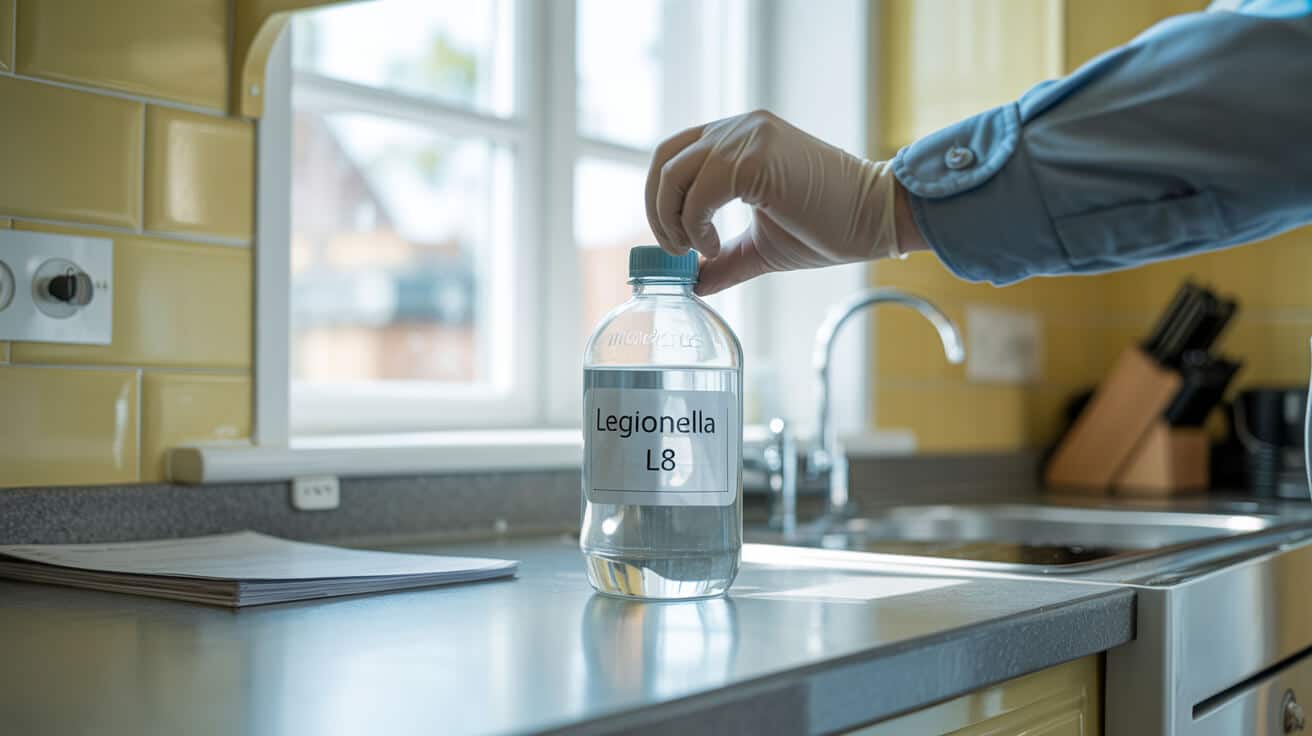
It’s shockingly common: landlords with smart-looking “written schemes of control” no one has updated since the day a tenant moved in. If your control plan doesn’t actively drive how you manage water hygiene, it’s just set dressing.
A real, living scheme should contain:
- A mapped water system: Every pipe run, tank, heater, and at-risk outlet logged and mapped. It should always stay in sync with real-world modifications.
- Routine task schedules: Clear, actionable checklists for every routine: monthly flushes, quarterly temperature audits, descaling, and outlet usage.
- Directly named duties: Each task belongs to a specific person or contractor, with backup protocols for tenant-participation where relevant.
- Evidence requirements: Timestamped photos, digital checklists, and signatures for all actions or missed tasks.
- Automatic triggers for update: Your scheme reacts to tenant changes, refurbs, or installations within 24 hours—manual catch-up isn’t enough.
A scheme that only looks good on an office wall but fails to keep up with changes is a legal risk. The gold standard today is cloud-based: live, always synced, with instant access for audits or insurance queries.
Why Most Landlords Miss Risk: The Hidden Gaps in L8 Legionella Compliance
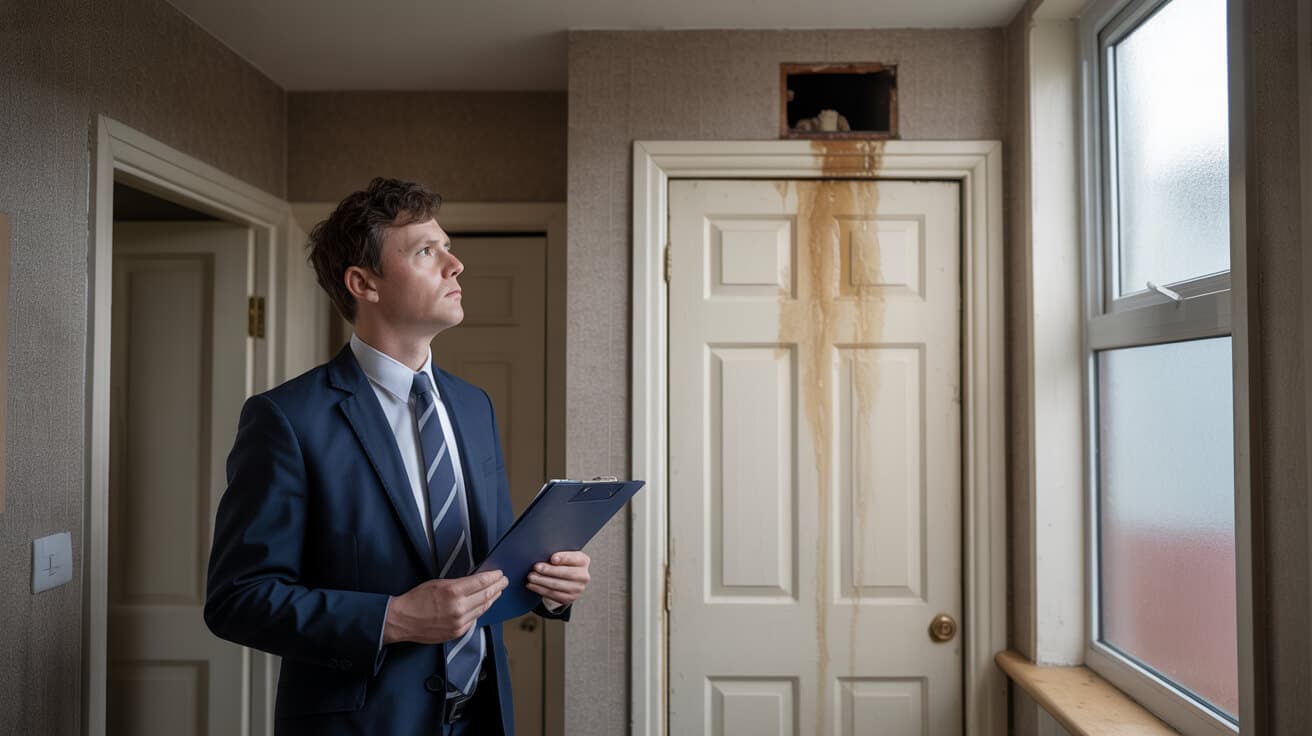
Ironically, property owners trying hardest to follow the rules often stumble on the details—especially after that first risk assessment fades into yesterday’s news.
The Five Frequent Failures
- Letting risk assessments go stale: If you don’t re-assess after every major repair, tenant move-out, or system addition, your compliance clock resets to zero.
- No audit trail: Missing logs, poorly kept records, “lost” photo evidence, or unsigned actions undermine every defence you think you have.
- Ignoring dead legs or little-used taps: Water that sits is water that breeds Legionella. Overlooking these “quiet” zones is a compliance time bomb.
- Assuming your contractor is always compliant: Your duty-holder status doesn’t transfer with a phone call. If you don’t verify credentials and reporting, the liability stays with you.
- Old-school reminders: If you rely on a wall calendar or email ping for compliance, deadlines will slip. Automation is the only safe defence.
Legionella risk isn’t a one-off fix—it creeps in the space between reviews, repairs and renewals.
Don’t wait for a claim or a regulator’s query to find your gaps. The cost of missed evidence isn’t just financial—it’s your reputation, as well as the safety of your tenants.
Legionella Certificates in UK Law: Requirement or Just Marketing Hype?
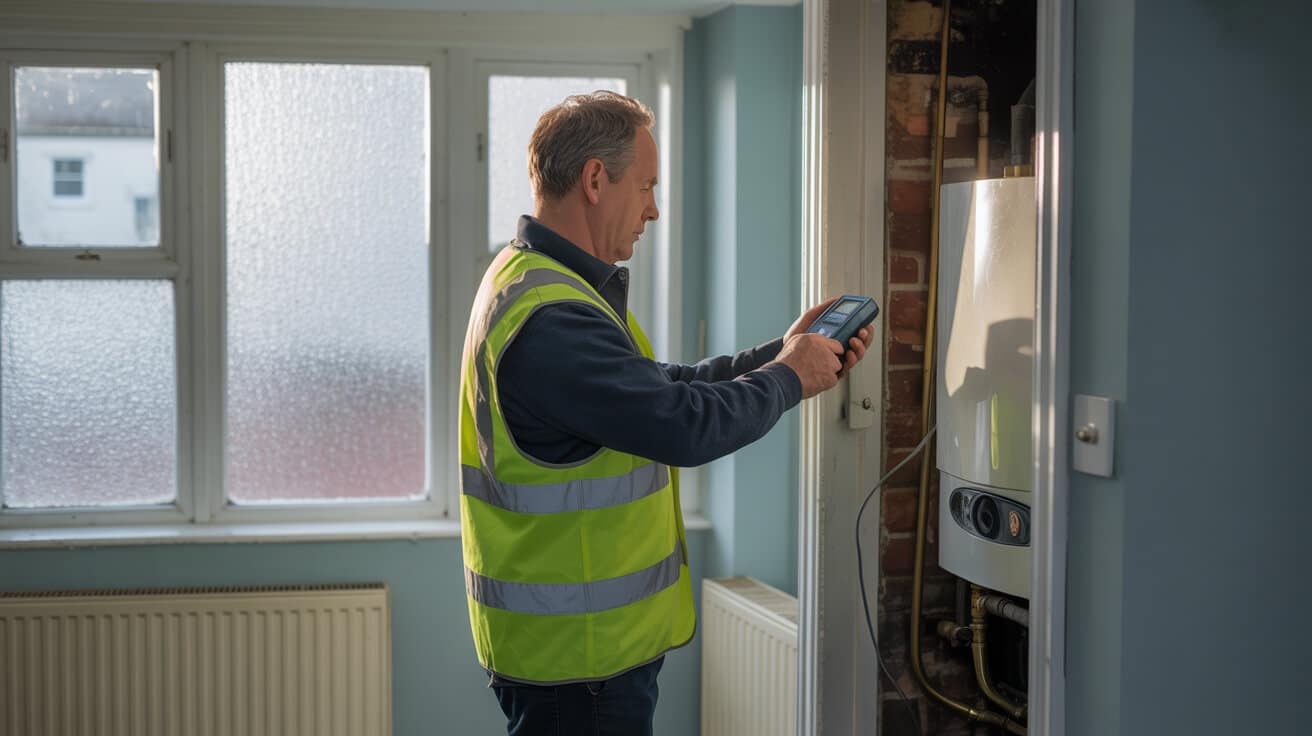
Let’s cut through the industry noise: there is no such thing as a legally required “Legionella certificate” in the UK. The Health and Safety Executive (HSE) says it outright—anything sold as a certificate is either a record of assessment or, often, just a sales device.
The only evidence that counts:
- A property-specific, current risk assessment: that matches the actual property state—nothing less.
- An active log: —digital or well-kept paper—of every compliance action, attributed by date and responsible person.
- Proof that your scheme of control is in use and followed: —not just in writing, but tracked to the last check.
- Credentials and audit trails for any external professional or supplier.: “We hired someone” is not a defence—records must show who, when, and what steps were performed.
If you’re holding a general “certificate” from a non-accredited provider for £50, you’re not just flying without insurance—a regulator may view your approach as negligent. Use only certified trades, and demand detailed, traceable evidence every time.
How Digital Logs Are Changing Legionella Compliance for UK Landlords
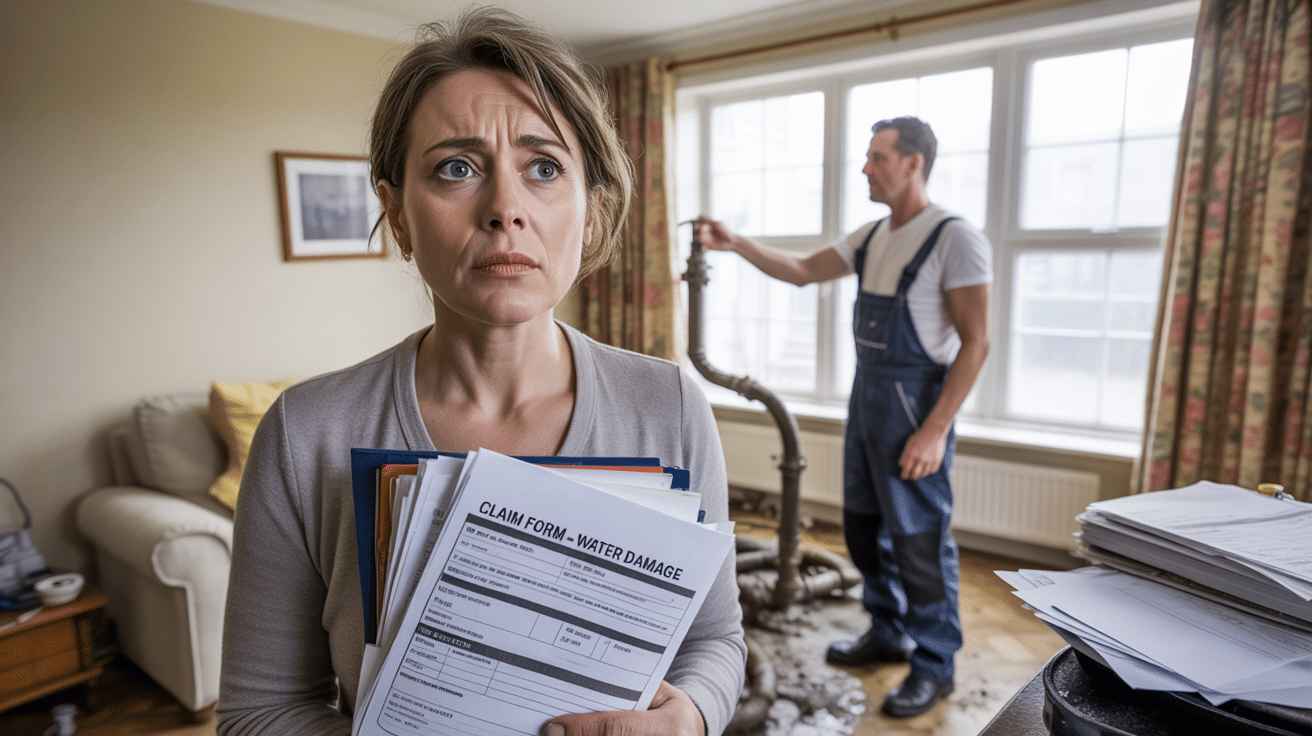
The era of the A4 folder and wall planner is over. Modern compliance now means being able to prove and retrieve every log, result and action instantly—not just for audits, but for your own peace of mind. True asset managers treat digital compliance like a business risk dashboard.
Digital Systems Bring Three Irreplaceable Advantages
- Automated reminders mean zero missed checks: Smart systems flag each required monthly, quarterly and post-tenant-change action, closing the risk loop for you.
- Photo and log evidence stored centrally: Every temperature log or water test, every corrective action or descaling, is one tap away for you or an inspector.
- Live audit readiness: Landlords who can pull up an instantly accessible chain of compliance actions earn the respect of regulators, let alone tenants. It’s a “show, don’t tell” era.
A cloud log isn’t convenience—it’s compliance insurance. When the call comes, your proof is in your pocket.
Digital tools don’t just impress on audit—they prevent slip-ups, letting you sleep at night even as your asset grows.
Building an Audit-Proof Legionella Defence: The Five Evidence Pillars
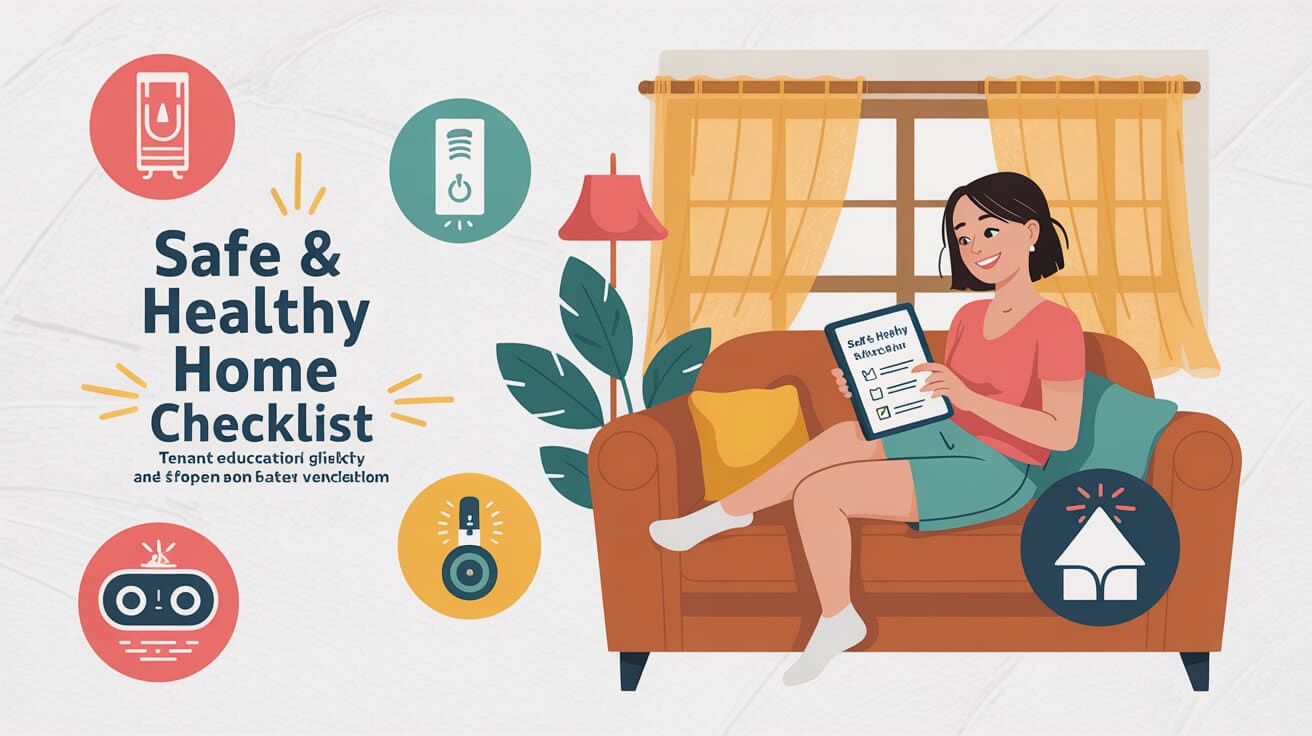
Ask yourself honestly: If the HSE or an insurer appeared at your site today, can you produce a real-time chain of evidence for every risk, action, and update? Anything less is exposing your property—and your name.
The five non-negotiables for bulletproof defence:
- Understanding: Know your building’s unique risks, keep up with regulation updates, and demand ongoing training from any external contractor.
- Evidence: Traceable temperature logs, photographic proof, names to every scheduled action.
- Freshness: Ditch any report or assessment that doesn’t account for the latest major property change.
- Responsiveness: Your documents—assessment, logs, scheme—must evolve the moment a risk or change occurs, not after a year-end panic.
- Accountability: Names and signatures everywhere—every agent, contractor and manager must own their piece.
Get this right and inspections become routine. Miss it, and you’re left scrambling for fragments while a regulator tears through your paper trail.
Ready for Tomorrow: Why Successful Landlords Treat Compliance as an Asset, Not a Cost
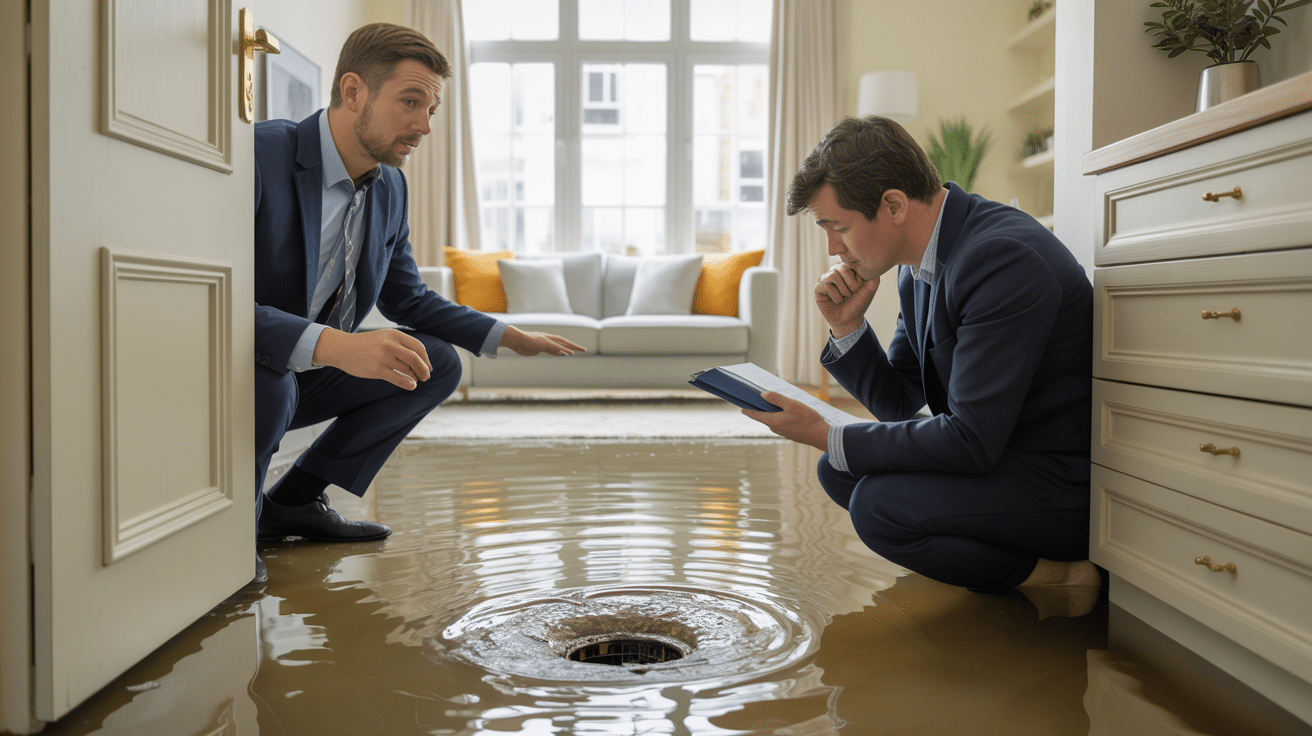
Leading landlords and property managers don’t just avoid fines—they turn compliance into a reputation engine. Tenant expectations, industry scrutiny, and your investment return now ride on the ability to operate above minimum standards.
All Services 4U was built for this moment. Our team delivers:
- Property-by-property risk assessment: No cut corners. City & Guilds and PASMA-certified, for credibility that stands up to any inquiry.
- True operational schemes: Practical, updatable, and transparent—so no one’s ever guessing what to do when.
- Total cover, urgent or planned: From sudden repair requests to asset upgrades, you’re protected and prepped.
- Digital chains of compliance: Reports and time-stamped actions live in the cloud—not buried in an office drawer.
- End-to-end partnership: Landlord onboarding, portfolio reviews, staff training—all under one roof, with a support team that cares about your business as much as you do.
Your next audit should feel like a confident walk-through—not a sleepless rush to photocopy old files. When compliance is in your control, your reputation leads the market and your asset grows risk-free.
Your Next Move: Ditch the “One-Off” and Protect Your Property with All Services 4U
This is your opportunity: move beyond the static certificate and put your name on a compliance process you trust. Join the countless landlords who have swapped fear for confidence, paperwork headaches for peace of mind, and “hoping for the best” for watertight, digital proof.
Your tenants—and your future balance sheet—deserve it. You’re not late; you just need to execute.
Get audit-ready, asset-secure, and standards-above by starting your Legionella compliance upgrade today. All Services 4U is your partner in making it happen.
Frequently Asked Questions
What makes Legionella compliance uniquely strict for landlords, and why isn’t delegation enough?
Landlords in the UK face unique, non-transferable legal obligations for Legionella control, underpinning every residential or commercial property they lease. Regulations like the Health and Safety at Work Act 1974 and COSHH place the onus squarely on you—delegation to an agent or a contractor never absolves your duty. At inspection or outbreak, absence of live, site-specific records leaves you exposed, regardless of third-party involvement. Real compliance isn’t a paperwork ritual; it’s ongoing proof that you understand, direct, and document every aspect of water safety in every property, every month.
No matter who handles the checks, the regulator is looking for the landlord’s signature—on discipline, not just documents.
How can you prove you’re truly compliant?
- Insist on site-specific risk assessments—these must reflect your property’s latest systems and usage, not just a ‘fill-in-the-blanks’ template.
- Maintain a written scheme of control that spells out who checks, flushes, photographs, and corrects—attach names, not just roles.
- Keep hard evidence: up-to-date logs, time-stamped photographs, and clear signoffs tied to each property, not just a company file.
- Reassess after every key change: new tenants, pipe alterations, water downtime, or remedial works.
- Respond to surprise requests: regulatory checks or insurance queries demand records you can retrieve and explain immediately.
The only thing more dangerous than neglect is overconfidence. You need a living audit trail, not a set of expired certificates.
How do most “risk assessments” fail, and what makes an L8 review robust enough to withstand a challenge?
Most so-called Legionella “risk assessments” amount to little more than template paperwork—copy-pasted, ‘tick-boxed,’ and forgotten until the next letting cycle. These generic documents miss critical site-specific risks and fail to satisfy UK ACoP L8 guidance when tested under enforcement or claim. A robust L8 review, by contrast, adapts with every system change, every new tenant, and every service interval. It doesn’t just list risks—it maps them to real, recent property conditions, showing evidence that you investigated, identified, and addressed safety concerns with precision.
When insurers or regulators investigate, they search for a live thread connecting what’s written, what’s inspected, and what’s actually fixed.
What sets a defendable risk assessment apart?
- Documents every water outlet—down to underused bathrooms, dead legs, and header tanks.
- Logs temperatures at each check, showing that hot exceeds 60°C and cold stays below 20°C.
- Triggers a new review after any material property change—not just on an arbitrary annual repeat.
- Incorporates photo or digital evidence, tool calibration data, and named personnel for all checks.
- Shows ongoing updates—dates, actions, and interventions that prove you’re managing, not just reviewing.
A living risk assessment is your compliance backbone—stale, recycled paperwork can topple your insurance or leave you exposed to fines just when you need protection most.
What distinguishes operational Legionella control from theoretical “best practice”—and why do routines matter more than intentions?
True Legionella control is measured in habits, not just handbooks. A written control scheme gathers dust if no one’s using it as a daily workflow. Landlords who thrive under scrutiny demonstrate system maps, detailed checklists, real-time digital logs, and sign-off records matched to activity, property, and staff. Inspectors assume everything that isn’t recorded wasn’t done. Discipline in execution—scheduled flushing, precise temperature logging, and timed documentation—makes the difference between passing with confidence and failing at the audit stage.
Which daily practices prove real-world compliance?
- Maintain live system diagrams—update after every repair or plumbing change and file them by property.
- Use digital or app-based logbooks—timestamp every check, repair, and flush, so gaps can’t hide.
- Document key milestones—changeovers, voids, refurbishments—with before-and-after photos.
- Schedule occupancy-based routines—flush and check all outlets before and after every tenancy, not just annually.
- Re-certify your written scheme of control each year and after significant works—contractors should supply digital proof, not just word-of-mouth.
When you own your routines, evidence doesn’t just exist—it’s ready at a moment’s notice to safeguard your properties, your brand, and your tenants.
How frequently must landlords check for Legionella risk, and does every property require a certificate?
You are required to assess Legionella risk before each new tenancy, after any system alteration, and at intervals based on property type and occupancy—not just on a fixed schedule. Contrary to common myth, residential properties don’t need a formal certificate. What the law demands is ongoing, site-tailored evidence: checks documented before and after voids, after any repair, and whenever occupancy changes. Properties with shared systems, HMOs, or housing the vulnerable demand even closer review—sometimes with third-party validation and more frequent checks.
In compliance, timing is credibility—a lagging record suggests a missing routine, not just an oversight.
What triggers new reviews, and when is evidence expected to be refreshed?
- Assess before a new tenancy; flush and log outlets after any void or period of inactivity.
- Conduct a risk review after any repair, system modification, or water downtime event.
- For standard lets, review every 1–2 years; for HMOs or high-risk properties, review should be more frequent.
- Update logs and photographic evidence after every tenancy or significant maintenance.
- Abandon “template certificates”—ensure your proof reflects real, current risks, not just bureaucracy.
Stale paperwork or missed logs can sink an insurance claim or force a compliance penalty when you least expect it.
Where do landlords most often lose compliance—what are the silent habits that undermine risk control?
Landlord compliance falters not in policy but in neglected routines: a late monthly flush, a missing temperature log, or an “assumed done” from a letting agent. The cracks start small—one skipped entry, a gap between tenant change and risk check, a half-completed digital record—but grow into legal and financial exposures over months or years. Absentee oversight of agents, failure to require explicit evidence, and reliance on unverified reporting silently accumulate risk while giving a false sense of order.
Which behaviours pose the greatest risk, and how can you stay on track?
- Scrutinise every agent’s or contractor’s output—never accept “it’s done” without tailored, property-linked proof.
- Double-check after all property works—plumbing changes, refurbishments, or new installations call for an updated risk assessment and system review.
- Replace manual checklists with digital reminders for routine tasks—lapses decrease when tech alerts you, not just your memory.
- Map and inspect every water outlet, even those used infrequently.
- Audit your own process every letting cycle: do your logs, dates, and sign-offs really match the property’s reality today?
Compliance is a habit, not an event. The more transparent your routines, the easier it is to prove stewardship—and the safer your finances and reputation stand.
Why are integrated digital compliance platforms changing the game—and what does All Services 4U do differently?
The shift to digital compliance platforms is transforming landlord risk management from patchy paperwork to seamless, real-time control. Digital tools replace scattered logs and unreliable reminders with unified dashboards, auto-alerts, and accessible audit trails across every property. Regulators and insurers increasingly expect live, timestamped evidence, not just filing cabinets. All Services 4U brings industry-leading digital compliance, integrating physical risk reviews, remedial works, and ongoing property monitoring into a single, scalable system—engineered for both portfolio landlords and first-time owners.
A live dashboard keeps you ahead of risk—a pile of forms just reminds you what fell behind.
How do these digital advances benefit landlords struggling with compliance?
- Logs and system maps update in real time—every check, repair, or remedial action is instantly traceable.
- Automated schedule reminders all but eliminate forgotten routines, regardless of staff turnover or busy periods.
- Industry certifications (City & Guilds, PASMA, IPAF) anchor both the digital framework and physical property care, supporting you in every area of the scheme of control.
- Snap-callouts and seamless evidence uploads create an always-ready record, making compliance audits and insurance queries frictionless.
- Scalable management supports one property or one hundred, with portfolio-wide monitoring, alerts, and digital onboarding for new tenants.
Partnering with a digital-first compliance service means regulatory pressure turns into practical proof of stewardship. With All Services 4U, readiness is constant—and your compliance record is always audit-ready the moment someone asks.



